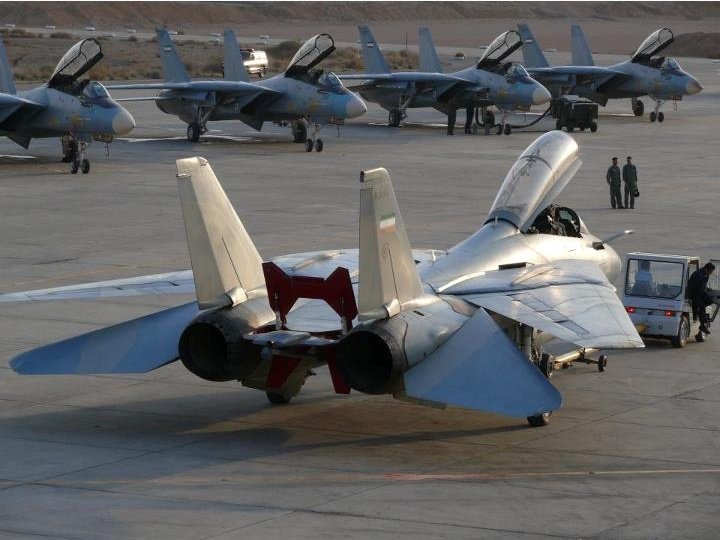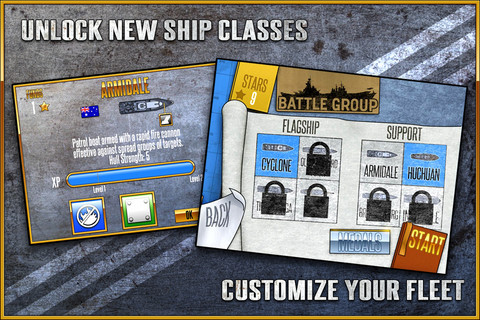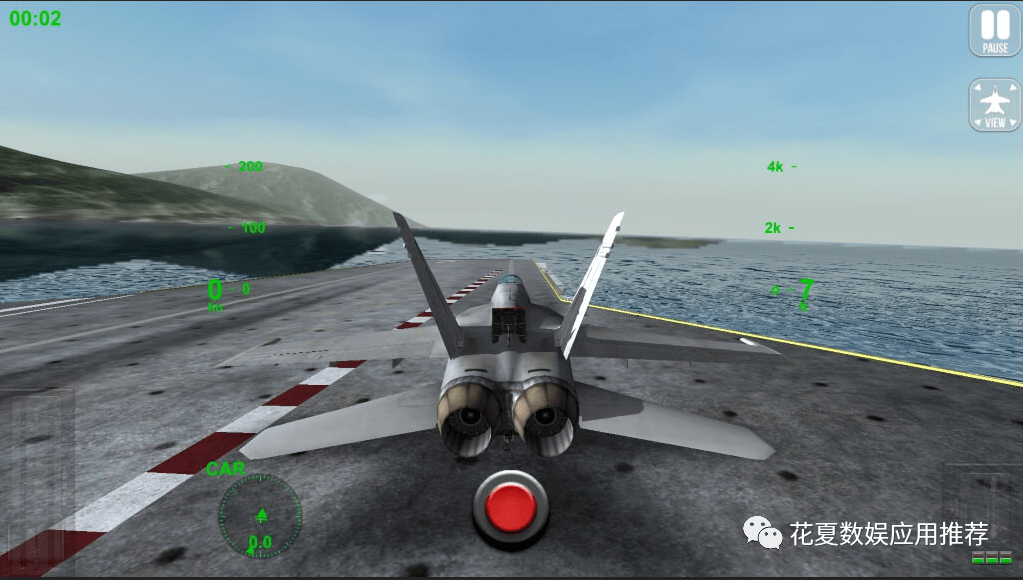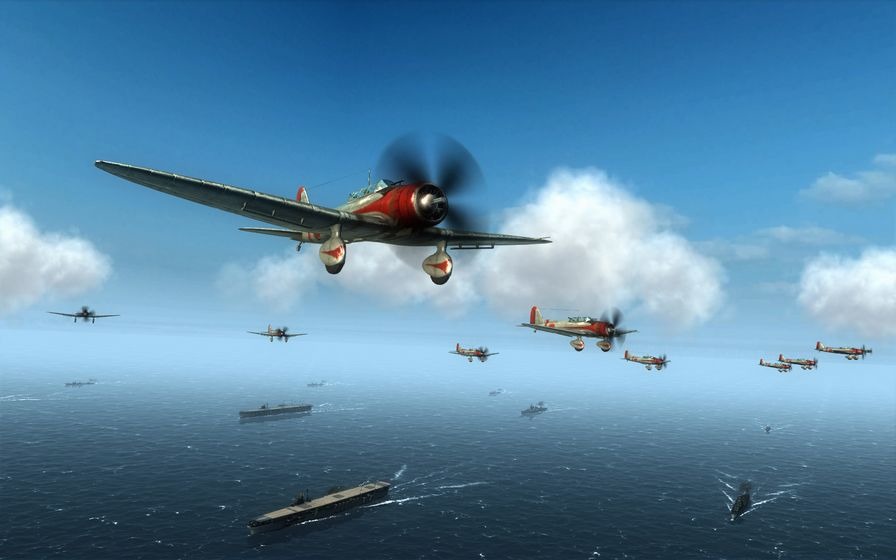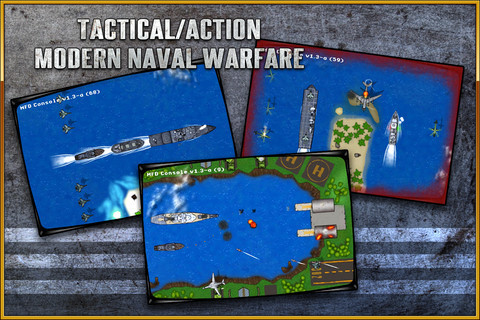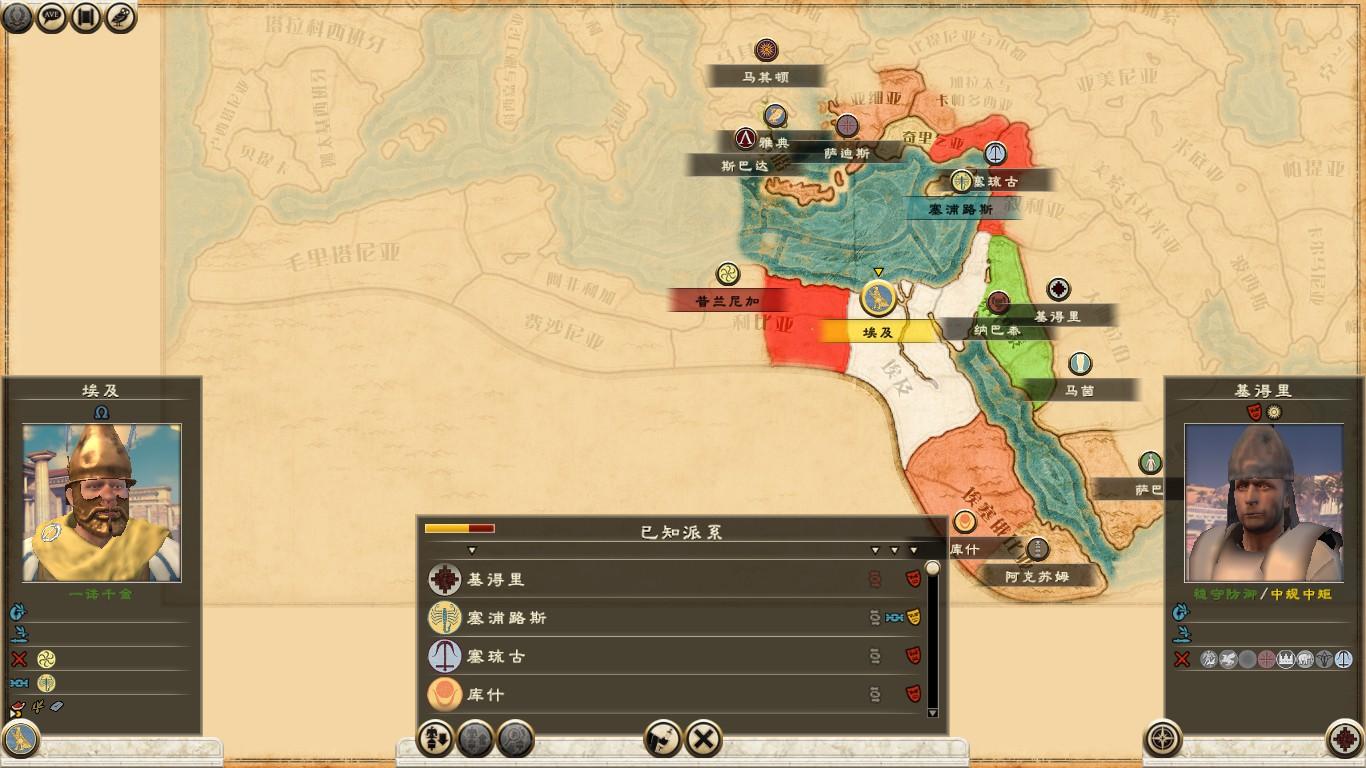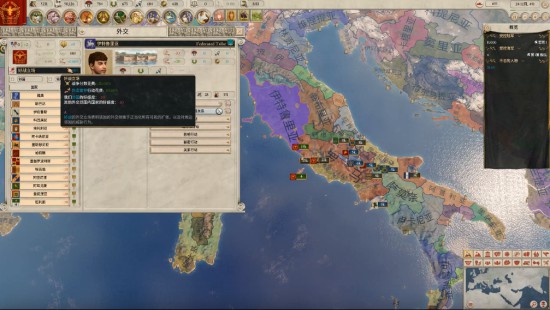Hello readers, I am the leader of Zhanshi Hall, and I am determined to be a rigorous and interesting public account. Try to ensure that the content is authentic, the pictures are accurate, and the article is not boring to read. This article is contributed by readers.
On December 15, 2022, Japan's Mitsubishi Group announced that the new-generation "Mogami" class third ship "Noshiro" (FFM-3) built by the group's Nagasaki Shipyard for the Japan Maritime Self-Defense Force was completed and delivered and officially entered service. .
Although this is only a first-class medium-sized warship with a displacement of four to five thousand tons, the class name it inherits comes from the "Mogami" class heavy cruiser, a first-class 10,000-ton ship of the Japanese Navy in World War II.
▲The new generation 30FFM frigate "Mogami" in the Sea of Japan.
Although Japan claimed to build 22 "Mogami" class frigates at one go, only 4 "Mogami" class cruisers were built that year due to Japan's poor industrial capabilities.
Among them, the lead ship "Mogami" had the most tortuous experience: it transformed twice, collided with other ships three times, and was finally sunk by the Japanese torpedoes themselves.
"Mogami" had its keel laid at Kure Naval Shipyard on October 27, 1931, launched on March 14, 1934, and completed on July 28, 1935.
At this time, the ship was a light cruiser equipped with 155mm guns. In 1937, the four ships of the "Mogami" class were renovated together and equipped with 203mm guns, becoming a heavy cruiser with amazing firepower. This was also the first major transformation of the "Mogami".
▲On March 20, 1935, the completed "Mogami" made a trial voyage in Suma Bay at a full speed of 36 knots. The catapult on the ship had not yet been installed. During the sea trial, the ship's hull, which was welded, suffered severe deformation.
In mid-1941, after the Japanese and Vichy French authorities reached an understanding on the use of aviation facilities and ports in Indochina, the "Mogami" departed from the forward operating base on Hainan Island and participated in the occupation of French Indochina.
At the end of 1941, the Japanese army attacked Pearl Harbor. On the same day, the "Mogami" was ordered to cover the Japanese invasion of Malaya. At that time, the ship belonged to the 7th Battle Group and was incorporated into the First Southern Expedition Fleet commanded by Vice Admiral Jisaburo Ozawa. Provided support for the Japanese landings at Songkhla, Pattani and Kota Bharu.
In December 1941, the "Mogami" received the mission of supporting the invasion of Sarawak, and together with the sister ship "Mikuma", it covered the Japanese Army's landing in Kuching.
In February 1942, the "Mogami" was sent to cover the Japanese landings in Java, Borneo and Sumatra. On February 10, "Mogami" and the heavy cruiser "Chomi" were attacked by the US submarine "Squid" (SS-196). The latter launched four torpedoes, but all were lost.
▲The U.S. submarine "Squid" (SS-196).
At 23:00 on the evening of February 28, 1942, after the Allied warships attacked the Japanese transport ship in the Sunda Strait, the heavy cruisers "Mogami" and "Mikuma", the light cruiser "Natori", and the destroyers "Shiakuun" and "Conggumo" Shirayuki, First Snow and Chaofeng used artillery and torpedoes to sink the US heavy cruiser USS Houston and the Australian Navy's light cruiser USS Perth.
During the battle, the Japanese transport ship "Ryujo Maru" was sunk by a torpedo launched by the Japanese army itself. When the commander of the 16th Army, Lieutenant General Imamura Jun, commanded the soldiers to board the second wave of landing craft ashore on the "Ryujo Maru", a sound The explosion threw him into oily waters, and it took him three hours to swim ashore.
In March, the "Mogami" and the Seventh Squadron used Singapore as a base to cover the Japanese landing on Bangka Island off the coast of Sumatra and captured the Andaman Islands.
▲The "top" of light patrol status.
Starting from April 1, 1942, the 7th Battle Group and the 4th Battle Group stationed in the Myeik Islands in southern Myanmar participated in the operation to break diplomatic relations with Allied shipping in the Indian Ocean.
The heavy cruiser "Mogami" and "Mikuma" and the destroyer "Amagiri" formed the second team on the southern wing of the breakup fleet, looking for and annihilating allied merchant ships in the Bay of Bengal; while the heavy cruiser "Chomi" and the light cruiser "Yura" of the fourth torpedo squadron " and the destroyers "Ayanami", "Yugiri", "Asagiri" and "Shiokaze" form the northern wing of the breakup fleet.
In this operation, on the route from Calcutta to Mauritius, the southern fleet where "Mogami" was located sank the 7,726-ton British passenger liner "Dardanos" and the 5,281-ton British steamship "Canara" and the 6,622-ton British merchant ship "Indra".
On April 22, the seventh team returned to Kure Port, and the "Mogami" entered the dry dock for overhaul. One month later, on May 26, the 7th Battle Group arrived in Guam to support the convoy of the Midway landing force commanded by Major General Tanaka Yorizo.
▲The seal of the "Mogami" model.
On June 4, Admiral Isoroku Yamamoto, commander of the Combined Fleet, ordered the Seventh Battle Group to bombard Midway Island in preparation for the Japanese landing. Since the Seventh and Eighth Mine Teams were still 410 nautical miles away from Midway, they rushed towards Midway at a full speed of 35 knots. At that time, the sea was rough and the destroyers gradually fell behind.
At 21:20, the bombardment order was cancelled, but the previous full-speed driving brought the seventh team into the torpedo range of the USS "Blowfish" submarine (SS-198). The flagship "Kumano" discovered the submarine and hurriedly sent out a "simultaneously turn right 45 degrees" signal to avoid being struck by lightning.
"Kumano" and "Suzuya" performed the emergency turn correctly, but the third-placed "Mikuma" mistakenly turned 90 degrees, and the "Mogami" following closely followed the order and turned 45 degrees, resulting in The two ships collided, which was also Mogami's first collision.
The "Mogami" plunged into the area under the bridge on the port side of the "Mikuma". Its bow was severely damaged and bent and dented. The oil tank on the port side of the "Mikuma" ruptured and leaked a lot of fuel. However, it was critical to the operation and navigation of the ship. No impact yet.
▲The "Mogami" class "Suzuya" was converted into a heavy cruiser.
▲The damaged bow of the "Mogami" after the collision was taken from the bridge, with the oil tanker "Nirei Maru" in front.
The destroyers "Asashio" and "Arashio" were ordered to stay behind to escort "Mogami" and "Mikuma". At 5:34 on June 5, the retreating "Mikuma" and "Mogami" were bombed at high altitude by eight U.S. Army B-17 bombers taking off from Midway, but did not suffer any losses.
At 8:05, six SBD "Dauntless" dive bombers and six Vought SB2U "Defender" dive bombers of the US Marine Corps took off from Midway and attacked the "Mikuma" and "Mogami", but only dropped Several near misses.
On the morning of the next day (June 6), "Mogami" and "Mikuma" were on their way to retreat to Wake Island when they were attacked by three waves of 31 SBDs taking off from the two aircraft carriers "Enterprise" and "Hornet". Attacked by "Dauntless" dive bombers, the "Mikuma" was hit by at least five bombs and burst into flames.
▲Painting depicting the heavy U.S. air raid on "Mogami" and "Mikuma" on June 6, 1942.
At around 10:58, the torpedo of the "Mikuma" was detonated by the fire, and the subsequent explosion completely destroyed the ship. "Asashio" and "Arashio" also suffered one bomb each, and "Mogami" suffered six bombs. The No. 5 main turret was destroyed and 81 crew members died.
Thanks to the effective damage control measures taken by Major Masayoshi Saruwatari (discarding all torpedoes and other explosives), the "Mogami" avoided the fate of sinking (shortly after the torpedo was thrown into the sea, a bomb was hit near the torpedo tube).
On June 8, the "Mogami" finally struggled to rendezvous with the Seventh Squadron and underwent repairs in Truk. On June 20, Major General Nishimura Shoji took over the command of the Seventh Fleet, and the Seventh Fleet was also assigned to the Third Fleet.
On August 25, the "Mogami" returned to Japan and underwent extensive modifications at the Sasebo Navy Yard, transforming into an aviation cruiser to improve the fleet's reconnaissance capabilities. This was also the ship's second major transformation.
▲The "Mogami" was converted into an aviation cruiser.
The modified No. 4 main turret of the "Mogami" and the damaged No. 5 main turret were dismantled, and the bomb bay at the stern was changed to an aviation gasoline depot and an aircraft ammunition depot; the aviation operation deck at the stern was extended and a transportation module was added. Aircraft slide system. According to the plan, the transformed "Mogami" will carry 11 Aichi E16A "Ruiun" high-speed water reconnaissance aircraft.
In addition to the aeronautical transformation, the original twin-mounted Type 96 25mm machine guns and Type 93 13mm anti-aircraft machine guns were also removed and replaced with 10 triple-mounted Type 96 anti-aircraft machine guns, and the The No. 21 air detector is installed on the top of the main mast.
Since the new E16A "Ruiyun" high-speed water reconnaissance was still in the development stage when the modification was completed, the ship was equipped with three old Mitsubishi F1M2 Zero two-seat water reconnaissance aircraft and four Aichi E13A1 Zero three-seat water reconnaissance aircraft. The refitting work of "Mogami" was completed on April 30, 1943, and the ship was subsequently reorganized into the First Fleet.
▲The carrier-based aircraft on the stern flight deck of the "Mogami" ship after its transformation.
On May 22, 1943, the "Mogami" collided with the special oil tanker "Toa Maru" in Tokyo Bay. This was the second collision. The hull of the "Mogami" was slightly damaged and was quickly destroyed. repair.
On June 8, when anchored at Hashishima anchorage, the "Mogami" was near the battleship "Mutsu". At around 12:10 noon that day, the battleship "Mutsu" suddenly exploded and sank. The "Mogami" quickly lowered its boat to go to the rescue, but ultimately returned in vain.
On July 9, 1943, the "Mogami" left Japan and escorted a large fleet transporting soldiers and supplies to Truk. This fleet was attacked by the USS Sturdy submarine (SS-283), but no losses were suffered. After arriving in Truk, the "Mogami" set off for Rabaul.
▲From this angle, you can clearly see the situation of the aircraft at the rear.
From August to November 1943, "Mogami" carrier-based aircraft were dispatched from Truk Base many times to search for the US fleet and responded when the US military tentatively attacked the Marshall Islands. Starting on November 3, the Fourth, Seventh and Eighth Troops were dispatched to the waters of the Solomon Islands to attack the US military near Bougainville Island.
On November 5, when the "Mogami" was anchored in Rabaul, it was attacked by an SBD "Dreadnought" dive bomber taking off from the aircraft carrier "Saratoga" and suffered a 500-pound bomb. A fire broke out on board and 19 crew members died.
After being briefly repaired by the work ship "Akashi" in Truk, the "Mogami" was ordered to return to Japan. On December 22, the Yuwu Naval Factory installed eight additional Type 96 single-barreled 25mm cannons on the rear deck, bringing the total number of this type of cannons on the ship to 38. The refit work was completed on March 8, 1944, and a week later, "Mogami" returned to Singapore.
▲"Mogami" after being converted into an aviation cruiser, a blurry photo taken in 1944.
On June 13, 1944, the Commander-in-Chief of the Combined Fleet, Vice Admiral Toyoda, ordered the launch of the "A" combat plan to defend the Mariana Islands. "Force B" commanded by Lieutenant General Takeo Kurita, together with the aircraft carriers "Falcon", "Eagle" and "Ryuho" and the battleship "Nagato", are deployed behind the "avant-garde force" ("Force C") commanded by Lieutenant General Takeo Kurita. .
At 5:30 on June 19, the "Mogami" launched two Zero water reconnaissance aircraft. Later that day, carrier-based aircraft of the Japanese First Mobile Fleet attacked the US 58th Task Force near Saipan, but were defeated in the "Mariana Turkey Hunting Contest".
At 20:30 on June 20, two hours after being hit by a torpedo dropped by a TBM Avenger torpedo aircraft taking off from the light aircraft carrier USS Belleau Wood, the aircraft carrier "Flying Eagle" exploded and sank. That night, the "Mogami" withdrew to Okinawa together with the remaining Japanese ships, and then withdrew from Okinawa to the Hashishima anchorage.
▲"Beaulowwood" light aircraft carrier.
On June 25, 1944, the "Mogami" returned to Kure Port and was refitted again. Four triple mounts and 10 single-barreled Type 96 25mm cannons were installed, bringing the total number to 60; and two more The No. 2 sea electric probe and the No. 1 and No. 3 air probe also removed all flammable materials in the cabin.
On July 8, the "Mogami" left Kure Port and returned to Singapore and Brunei via Okinawa and Manila, and participated in fleet training and patrol in the Singapore-Brunei area. In late October, the Japanese fleet assembled in Brunei to respond to the threat of US troops landing in the Philippines.
After the "Jie-1" operation began, the "Mogami" was incorporated into the Nishimura fleet to participate in the battle. On the morning of October 24, 1944, Lieutenant General Shoji Nishimura ordered the "Mogami" to take off a carrier-based aircraft to conduct reconnaissance of Leyte Gulf.
Reconnaissance aircraft reported that 4 battleships, 2 cruisers and about 80 transport ships were found near the US landing site, and 4 destroyers and several torpedo boats were found near the Surigao Strait.
In addition, reconnaissance aircraft also reported that there were 12 aircraft carriers and 10 destroyers 40 nautical miles southeast of Leyte Island. When sailing to the Sulu Sea, the Nishimura fleet was attacked by 26 aircraft launched from the aircraft carriers "Enterprise" and "Franklin". The "Mogami" was strafed by U.S. aircraft and slightly damaged by aviation rockets.
▲"Enterprise" number.
Between 3:00 and 3:30 on the night of October 25, the Nishimura fleet was attacked by US PT torpedo boats and destroyers. The battleships "Fuso" and "Yamashiro" were hit by torpedoes, the destroyer "Yamagumo" was sunk, and the destroyer "Yamashiro" was sunk. "Manchao" was damaged, but "Mogami" was not hit. "Fuso" and "Mountain Castle" sank one after another.
From 3:50 to 4:02 on October 25, after entering the Surigao Strait, the "Mogami" was hit by four 8-inch shells fired by the heavy cruiser "Portland". The bridge and air defense command post were damaged The ship was destroyed, the captain Ryo Fujima and the deputy captain were killed on the bridge, and the gunnery chief took over command.
Just as the "Mogami" tried to retreat southward, it collided with the "Nachi", the flagship of Lieutenant General Shima Kiyohide. This was also the third collision of the ship.
The bow of the "Nachi" was damaged and flooded, while the "Mogami"'s starboard section above the waterline near the No. 1 main battery turret was damaged and flooded. The fire on the ship also detonated five torpedoes, and the explosion destroyed the two torpedoes on the starboard side. The main engine room completely failed.
▲Heavy cruiser "Nachi".
From 5:30 to 5:35, the crippled "Mogami" was again shot by 10 to 20 6-inch missiles from the cruisers "Portland", "Louisville" and "Denver" and 8-inch shell hits.
At 8:30, the port engine room of the "Mogami" also failed. Later, at 9:02, while drifting, the "Mogami" was attacked by 17 TBF "Avenger" torpedo bombers from Task Force 77.4.1, and two 500-pound bombs hit the ship.
At 10:47, the "Mogami" ordered to abandon the ship, and for the next two hours, the ship remained floating at sea. Finally, at 12:40 noon, the destroyer "Akebono" used a Type 93 oxygen torpedo to execute "Mogami", and it finally sank at 13:07. "Akebono" rescued 700 survivors, but 192 crew members sank with the ship.
Click on the official account card below to follow "Zhan Shi Tang"! "War History Hall"! "War History Hall"! Reply "Chrysanthemum" in the background to get the electronic version of "Old Japanese Navy Development Trilogy: Chrysanthemum and Anchor".

